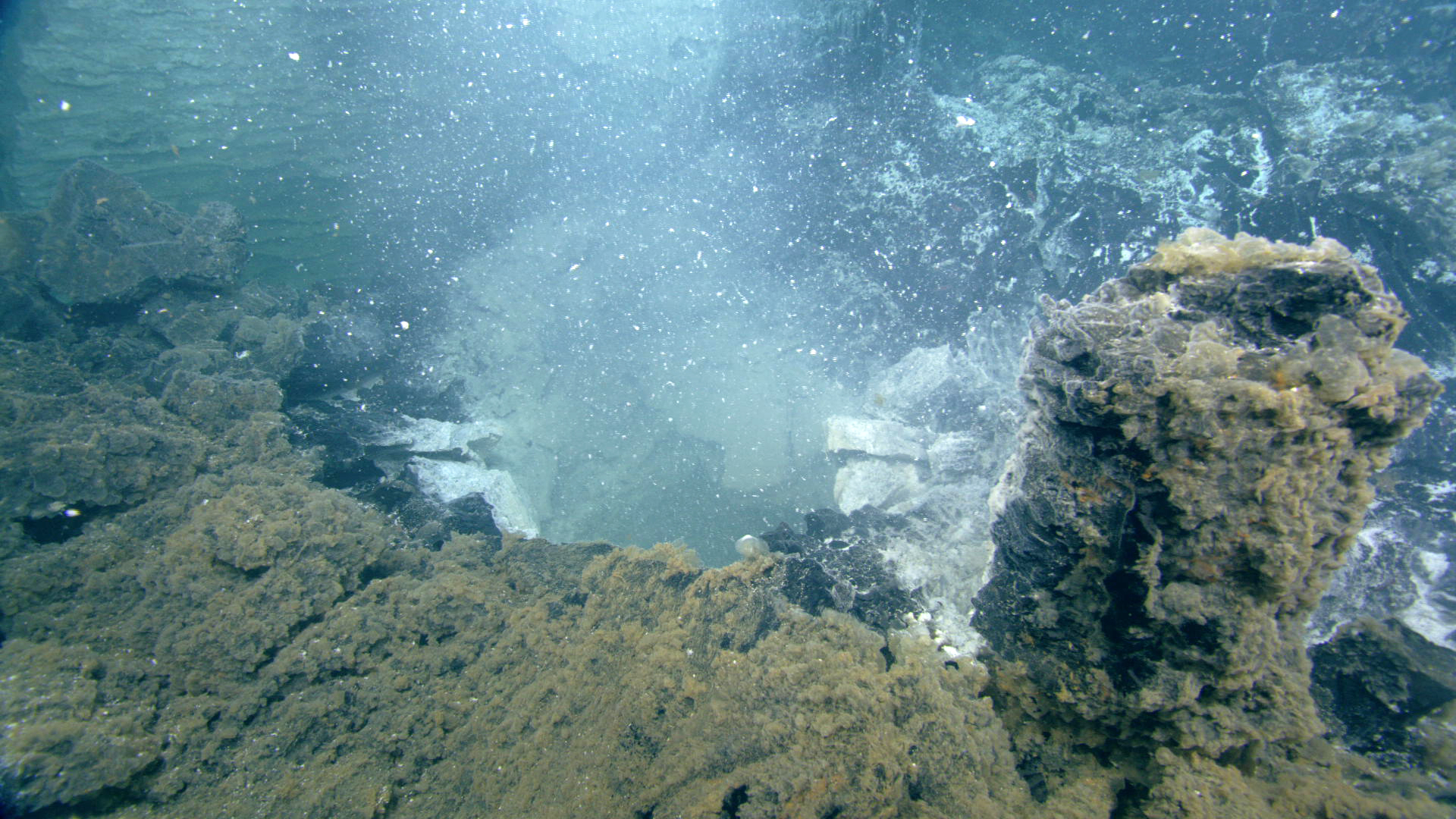Image Archive





























Yoochan An, VISIONS'25 Student Participant

Elementor-post-screenshot_29017_2025-06-19-17-38-40_924edb0.png

Guangyu Xu, APL Research Scientist/Engineer

Nadia Martynenko, VISIONS'25 Student Participant

Anshul Shah, VISIONS'25 Student Participant

Isabelle Paulsen, VISIONS'25 Student Participant

Ariana (Ari) Paulik, VISIONS'25 Student Participant

Oliver Parsons, VISIONS'25 Student Participant

Mason McWilliams, VISIONS'25 Student Participant

Nadia Martynenko, VISIONS'25 Student Participant

Nicole Liew, VISIONS'25 Student Participant

Lacie Levy, VISIONS'25 Graduate Student Participant

Megan Gonzalez, VISIONS'25 Student Participant

Jacqueline Dixon, USF Professor of Geological Oceanography and VISIONS'25 Guest Participant

Nathan Bodensteiner, VISIONS'25 Student Participant

Visions 25 Banner Image

Screenshot

Billions of microbes and microbial-produced material stream from a collapsed lava zone 3 months following the 2011 eruption. Credit: UW/NSF-OOI/CSSF-ROPOS.

Axial Seamount is located above the Cobb Hot spot and is dissected by the Juan de Fuca Ridge spreading center. The summit of this highly active volcano is located ~ 1500 m beneath the oceans's surface. Down dropped seafloor forms a caldera marked by ~ 100 m tall near vertical cliffs. Three active hydrothermal fields are fueled by heat from a mamga reservoir ~ 2 km beneath the seafloor. Credit: D. Kelley and CEV, University of Washington.

Office Hour Image

The high definition camera lights up a highly active black smoker chimlet in front of the ~ 3 m tall Mushroom edifice. UW/NSF-OOI/WHOI, V24.

Crabs congregate in Primary Node PN1B in 2018; Credit: UW/NSF-OOI.

Trina Litchendorf profile 2025

Stalked tunicates (Culeolus sp.) attached to the cage around the electronics on the Slope Base Shallow Profiler Mooring cable. Photo Credit: NSF-OOI/UW/WHOI; Dive J2-1617; V24

A flytrap anemone (Actinoscyphia sp.) attached itself to the W6 cable connector on one of the Slope Base junction boxes. Photo Credit: NSF-OOI/UW/WHOI; Dive J2-1617; V24

Stalked tunicates (Culeolus sp.) attached to the cage around the electronics on the Slope Base Shallow Profiler Mooring cable. Photo Credit: NSF-OOI/UW/WHOI; Dive J2-1617; V24

Day in Life Poster

Map of Axial Caldera showing the location of RCA core infrastructure and instrumentation, and PI-provided instrumentation in 2024. Credit: D. Kelley, University of Washington.
- Anemone
- Animal
- Arthropod
- ASHES
- Axial
- Axial Base
- Axial Biology
- Axial Caldera
- Bacteria
- Basalt Lava
- BEP
- Biofouling
- Biology
- Camds
- Camera
- Camhd
- Central Caldera
- Ciliates
- Cnidaria
- Coastal Biology
- Crab
- Deep Profiler Mooring
- Dive Highlights
- Eastern Caldera
- Echinoderms
- Endurance Array
- Engineering Team
- ENLIGHTEN 10
- Exploratorium
- Fish
- Geology
- HD Camera
- HPIES
- Hydrate Ridge
- Hydrates
- Hydrophone
- Hydrothermal Vents
- Illustration
- Inshore 80 Meters
- Instrument
- International District
- J-BOX
- Jason
- Jellyfish
- Junction Box
- K12
- Lava
- Mollusk
- Moorings
- Nodes
- Nudibranch
- Octopus
- OOI
- Oregon Offshore
- Oregon Offshore 600 m
- Oregon Shelf
- Oregon Slope Base
- People
- PN1B
- PN1D
- Polychaetes
- PPSDN
- Primary Node
- RASFL
- ROCLS
- ROPOS
- ROPOS Dives
- ROV Team
- RV Revelle
- RV Sikuliaq
- RV Thompson
- Salp
- Sample
- SC13
- Science Team
- Sea Cucumber
- Sea Star
- Sea Urchin
- Seafloor
- Seismometer
- Sensors
- Shallow Profiler Mooring
- Shark
- Shipboard
- Shore Station
- Slope Base
- Smoker
- Soft Coral
- Southern Hydrate Ridge
- Sponge
- Squid
- Students
- Students & Guest Participants
- Tmpsf
- Tubeworms
- VISIONS 11 Leg 1
- VISIONS 11 Leg 2
- VISIONS 11 Viewers
- VISIONS 13
- VISIONS 14
- VISIONS 15
- VISIONS 16
- VISIONS 17
- VISIONS 18
- VISIONS 20
- VISIONS 22
- VISIONS 23
- Visualization
